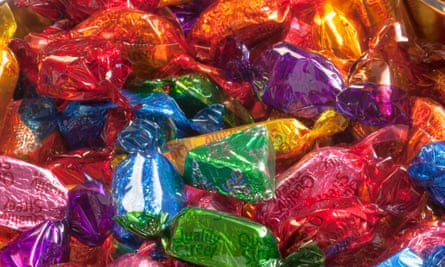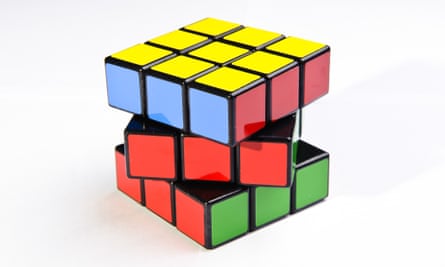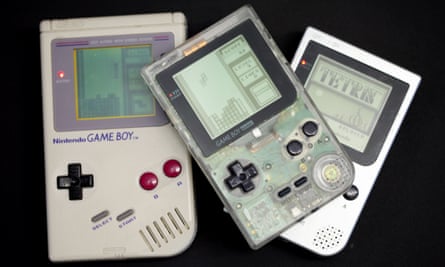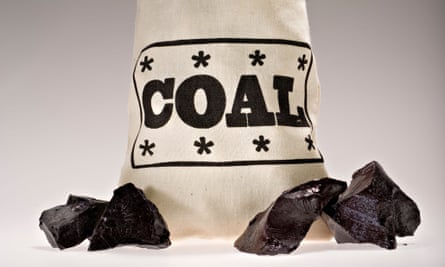Ever wondered what the circular economy might look like inside a Christmas stocking? We take a look at six popular festive stocking fillers – from traditional treats to coveted toys – and assess how society might take a more resourceful approach to consumption at this time of year. To what extent could these items be reused, recovered or repurposed to maximise their life?
Orange

In 2012, households threw away 110,000 tonnes of orange fruit waste, 40% of which could have been avoided, according to research (pdf) from the Waste and Resources Action Programme. Even if the orange is eaten, the peel waste can be utilised as a valuable ingredient for other uses such as fuel or packaging.
The aptly-dubbed Orange Peel Exploitation Company – a partnership between three international universities – is investigating the potential of generating citrus-based biofuels by extracting chemical compounds from orange peel using high powered microwaves. A country like Brazil could benefit significantly from such technology – its orange juice industry produces several million tonnes of waste orange peel a year.
Fruit waste in general is becoming more sought-after: Coca-Cola plans to harvest waste fruit skin products for the next phase of its PlantBottle packaging, while rival PepsiCo is expected to launch a new soft drink next year created from the juice of cashew apples – a leftover product of cashew nut farming.
Confectionery

Many sweets and chocolates now come wrapped in a combination of materials, such as aluminum foil and plastic film, known as composite or flexible packaging. According to Valpak, flexible packaging accounts for nearly one-third of UK consumer plastic packaging – about 556,000 tonnes – and virtually all ends up in landfill.
A consortium of companies including Nestle, Unilever and Axion Consulting are collaborating to create a circular economy for flexible packaging. The two-year project, part-funded by Innovate UK, aims to build new templates for recyclable flexible package designs where all the materials used can be reprocessed together.
Aluminum is already an ideal circular economy contender as it is infinitely recyclable. Demand is growing for smarter ways to source this material from post-consumer waste, fuelled by initiatives like Jaguar Land Rover’s REALCAR project (pdf) and global aluminum supplier Novelis’ shift towards a closed loop model.
Rubik’s cube

Longer-lasting products such as those made from rigid plastics fit well within a circular economy, especially if like a Rubik’s cube they are built around emotional design principles, making them loved and trusted over time. Rubik’s modular construction has been compared with Lego in terms of product durability as it can be taken apart without much difficulty, enabling ease of maintenance and repair. iFixit offers a Rubik’s cube teardown guide for disassembling and reassembling the toy.
The cubes are also suited for repurposing. The makers of Rubik’s Cube encourage customisation, offering blank cubes and downloadable templates for users who wish to decorate their cubes with their own sticker designs. Replacement sticker kits for the original six colours can also be purchased. People have found creative ways to recycle old cube sides with the iconic six colours forming the basis for giant pixellated artworks.
Video games console

Electrical and electronic equipment is one of the fastest growing waste streams, increasing at a rate of 3-5% per year within Europe alone (pdf). As such, interest in refurbishing and remanufacturing this equipment is on the rise.
Gamestop specialises in refurbishing used games consoles and tablet devices through its buy-sell-trade model that employs reverse engineering techniques, while emerging technologies like self-healing circuit boards offer great potential for building preventative maintenance into new devices.
The rise of DIY repair through social enterprise schemes like The Restart Project are proving particularly popular with those who want to extend the usefulness of their gadgets. Since its inception in 2012, The Restart Project has prevented 795kg of electronics being thrown away in London alone. In Accra, Ghana, reuse hackspaces like Qamp are popping up to drive new entrepreneurial models built around creative upcycling of e-waste.
Lump of coal

UK coal consumption decreased by 5.7% in 2013 (pdf), according to government figures. As reliance on fossil fuels falls in the UK, demand for renewable alternatives is growing, along with smarter ways of accessing it. Companies like Gaia Wind are exploring leasing models for wind turbines whereby customers purchase the energy output rather than the physical asset. At the end of the lease, the turbines could be recommissioned elsewhere to extend their life.
Innovative liquid energy storage solutions are also being piloted on landfill sites using cryogenic technology, which could help power the National Grid at times of high demand. As well as energy storage, the technology converts waste heat to power using heat from on-site landfill gas engines.
Meanwhile in Germany, the Fraunhofer Institute for Wind Energy and Energy System Technology (IWES) is set to trial the commercial viability of storing wind-generated energy in biogas. Power taken from a wind farm will be converted into biomethane and delivered to the natural gas network as required.
The Christmas stocking

Let’s not forget the stocking itself. Textiles is one sector where the circular economy is likely to mainstream first, given the advent of global in-store clothing takeback schemes from retailers like Marks & Spencer and H&M, the eBay/Patagonia Common Threads partnership and leasing/repair models from jean-makers such as Mud Jeans and Hiut Denim.
Moves to make clothes wearable for longer, while ensuring they remain fashionable and saleable, are now underway. New textile recycling technologies are being developed by the likes of Worn Again and the consortium EcoProFabrics with the aim of creating fully closed-loop supply and production chains. The creation of more durable fibres, designed to be kept in continual circulation, could open up new markets for fibre-based leasing models.
Read more like this:
- European Commission to decide fate of circular economy package
- Top 10 ideas for a thriving sharing economy
- Brought to you by Philips: Circular economy: this is the future for business - interactive
The circular economy hub is funded by Philips. All content is editorially independent except for pieces labelled brought to you by. Find out more here.
Join the community of sustainability professionals and experts. Become a GSB member to get more stories like this direct to your inbox
Comments (…)
Sign in or create your Guardian account to join the discussion